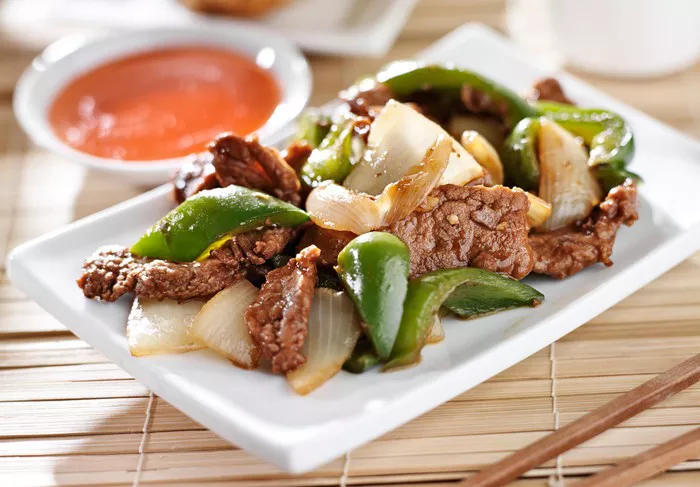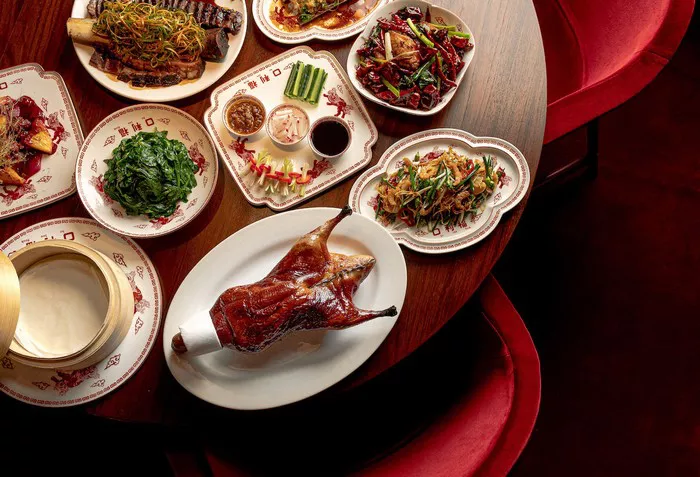Chinese cuisine is celebrated worldwide for its rich flavors, diverse ingredients, and unique cooking techniques. One of the most intriguing aspects of Chinese cuisine is the tenderness of its beef dishes. From succulent stir-fries to melt-in-your-mouth braised beef, Chinese culinary traditions have perfected the art of achieving unparalleled tenderness in beef. But what exactly is the secret behind this remarkable quality? In this article, we delve into the key factors that contribute to the exceptional tenderness of Chinese beef.
1. Selective Breeding and Rearing Methods
The foundation of tender Chinese beef lies in the careful selection of cattle breeds and meticulous rearing practices. Chinese farmers have historically focused on raising cattle breeds known for their marbling and tenderness, such as the Yellow Cattle breed. These cattle are raised in specific regions, allowing them to thrive in their natural environments and develop the desired characteristics that contribute to tender meat.
Furthermore, traditional Chinese cattle rearing methods emphasize quality over quantity. Cattle are often given more time to mature, which enhances the development of intramuscular fat, or marbling, leading to increased tenderness. The combination of selective breeding and patient rearing plays a significant role in the tenderness of Chinese beef.
2. Culinary Techniques: Velveting and Flash-Frying
Chinese chefs have perfected a range of culinary techniques that contribute to the tenderness of their beef dishes. One of these techniques is velveting, a process in which thin slices of beef are marinated in a mixture of cornstarch, egg whites, and sometimes rice wine. The marinated beef is then quickly blanched in hot oil or water, resulting in a delicate and velvety texture. This technique not only tenderizes the meat but also helps it retain its moisture during subsequent cooking.
Flash-frying is another method employed to achieve tenderness. Slices of beef are briefly fried at high temperatures, sealing in the juices and creating a crisp exterior while preserving the succulence within. This technique is commonly used in stir-fry dishes, allowing the beef to maintain its tender consistency even when cooked alongside various vegetables and sauces.
3. Traditional Marinating Ingredients
Marination is a cornerstone of Chinese cooking, and the ingredients used in marinades contribute significantly to the tenderness of beef. Chinese marinades often contain ingredients with natural tenderizing properties. For instance, ginger and garlic contain enzymes that break down connective tissues, resulting in softer meat. Soy sauce, a common marinade component, not only imparts flavor but also contains salt that aids in moisture retention.
Rice wine and vinegar are also used in marinades, as their acidic properties help to tenderize meat by breaking down proteins. The combination of these ingredients not only enhances the taste but also ensures that the beef remains tender and succulent after cooking.
4. Slow-Braising Techniques
Braising is a cooking technique that involves searing meat and then cooking it slowly in liquid at a low temperature. Chinese cuisine is renowned for its slow-braising methods, which transform tougher cuts of beef into tender delights. The prolonged cooking process allows the collagen and connective tissues in the beef to break down gradually, resulting in a buttery texture that effortlessly falls apart.
The use of aromatic spices and seasonings during braising infuses the beef with deep flavors while contributing to its tenderness. Dishes like “Red-Braised Beef Noodle Soup” and “Hong Shao Niu Rou” are prime examples of how slow braising can turn beef into a melt-in-your-mouth delicacy.
5. Wok Hei: The Searing Heat
One of the most distinctive characteristics of Chinese cuisine is wok hei, the “breath of the wok.” This term refers to the smoky, charred flavors that result from stir-frying food in a wok over high heat. When it comes to beef dishes, wok hei plays a crucial role in achieving both tenderness and flavor.
The searing heat of the wok quickly cooks the beef, sealing in its juices and preventing moisture loss. The rapid cooking process ensures that the beef remains tender and retains its natural flavors. The iconic stir-fried beef dishes found in Chinese cuisine owe their tenderness to the intense heat and rapid cooking techniques of wok hei.
6. Freshness and Quality of Ingredients
The quality of ingredients used in Chinese cuisine cannot be overstated. Freshness is paramount, especially when it comes to meat. Chinese chefs prioritize using locally sourced, high-quality beef. Fresh beef not only tastes better but also has a more tender texture. The care taken in selecting premium cuts of beef contributes to the overall tenderness of Chinese beef dishes.
Conclusion
The tenderness of Chinese beef is a result of a harmonious symphony of traditions, techniques, and ingredients. Selective cattle breeding, time-honored culinary methods, and the artful use of marinades and seasonings all contribute to the remarkable tenderness that defines Chinese beef dishes. Whether it’s through velveting, flash-frying, slow braising, or harnessing the power of wok hei, Chinese chefs have mastered the art of transforming beef into a delicate, succulent delight that tantalizes the taste buds and leaves a lasting impression on the culinary world.



























